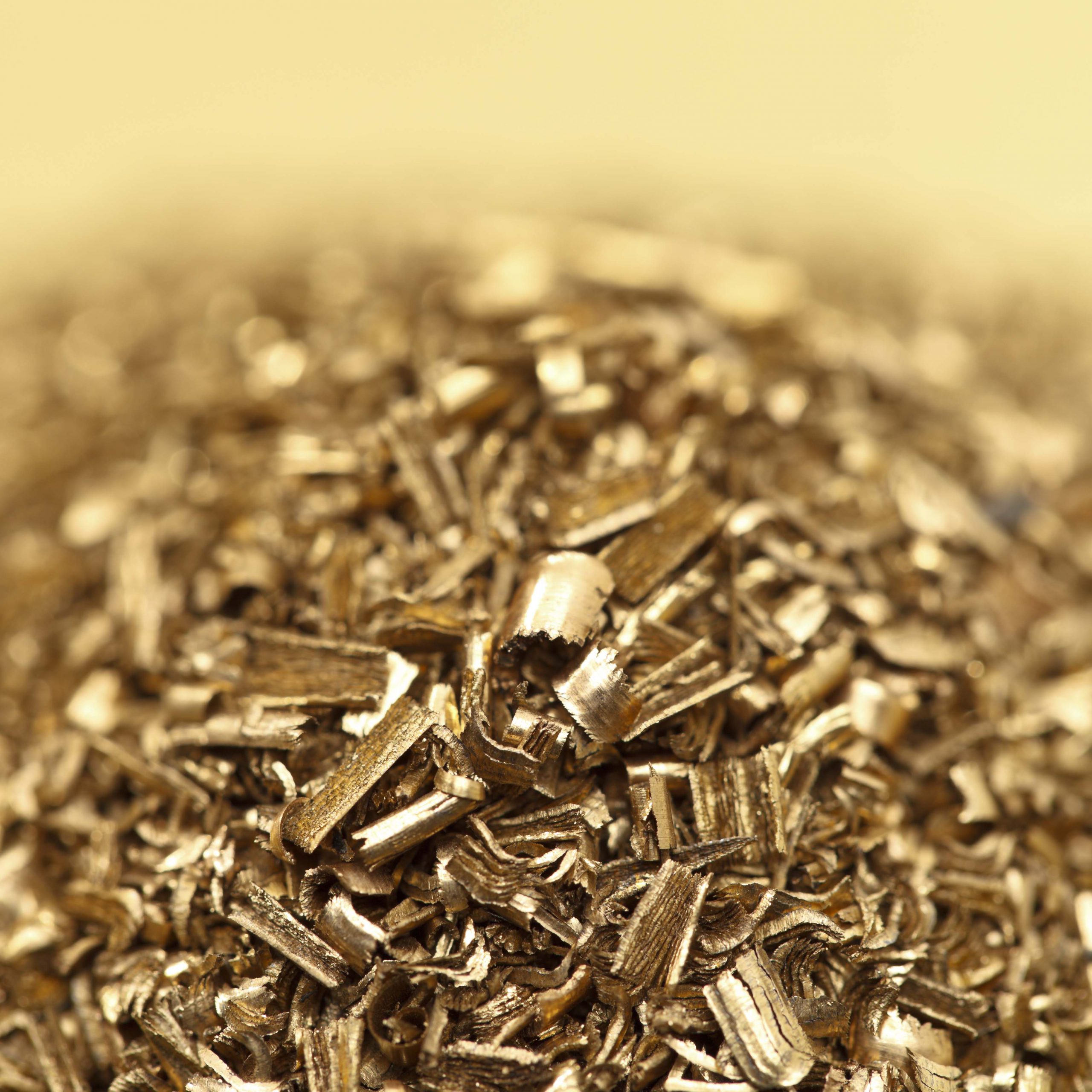Surprisingly, there are many variables that you need to consider when adding a chip conveyor to a new machine tool or retrofitting an existing operation. And with the advent of multi-tasking machines that may produce several kinds and sizes of chips, the issue has become even more complex.
Three of the most basic questions that you need to answer as you select a chip conveyor are:
- Will the chip conveyor be moving mixed materials or will it be dedicated to one specific type of material (brass, plastic, cast iron, etc.)?
- What is the size and configuration of the material? Fine chips? Coarse or stringy? Mixed?
- What are the specifications and requirements of the machine tool the chip conveyor will serve? Are modifications necessary to accommodate your specific installation?
Answering these basic questions will go a long way toward finding the right chip conveyor for your application. Why is this so important? Because there are several types of chip conveyors available, and each has unique characteristics that must be matched to specific requirements. Otherwise the chip conveyor can malfunction with alarming regularity. Which means you’ll experience workflow interruptions and increased maintenance costs. And your productivity will suffer.
Are these problems the fault of the chip conveying system? Not necessarily. Even the best- designed equipment can’t operate at peak efficiency if it’s being used incorrectly. Oh, sure, you can drive a nail with a screwdriver but a hammer is much more efficient and less likely to fail.
Types Of Chip Conveyors & Appropriate Applications
No chip conveyor can “do it all.” So it helps to understand the capabilities and limitations of the various kinds of equipment available.
- Hinge Belt Chip Conveyors: There are more hinge belt systems in operation than any other kind. And for good reason: They are versatile, affordable, and reliable when used in the proper applications. These include coarse and stringy ferrous, aluminum or mixed materials, and operations dedicated to only plastic that has no fine chips. In most cases, therefore, turning machines are good candidates for hinge belt systems. They are NOT the best choice for multi-tasking machines or other operations that produce fine chips, whether in dedicated or mixed applications. This is because hinge belt systems do not filter coolant to remove the fine particles that contaminate the fluid and can clog the conveyor, coolant lines and pumps. Using hinge belt conveyors in these applications, therefore, leads to interrupted workflow and excessive maintenance.
- Filtering Chip Conveyors: Chip conveyors that also filter and recycle coolant back to the machine tool come in a variety of configurations. These include those using replaceable filter media, permanent, self-cleaning filtering drums made from stainless steel or other materials, and scraper systems that use perforated box filters.Again, it is critical that you match the filtering chip conveyor to the application. Some are designed to be efficient only with fine chips while other filtering systems can handle fine, coarse, or stringy materials equally well. Certain materials, such as plastics or cast iron, present special challenges to filtration systems and these must be addressed in the selection process.
- Magnetic Chip Conveyors: As you might guess, magnetic conveyors are designed for operations dedicated to working with broken ferrous materials. Cast iron machining normally produces broken ferrous chips, so this process is an excellent candidate for magnetic chip conveying. However, stringy ferrous material that is longer than the magnet spacing is not a good application, as these long strings will short out the magnets.Because they magnetically attract all sizes and shapes of ferrous cuttings, these conveyors trap the iron materials and allow the cutting fluids to flow out of the baffle pool below the conveyor track, leaving the metal behind.Obviously, using a magnetic chip conveyor with nonferrous materials defeats its purpose by allowing chips to remain in the coolant, thus allowing fluid lines, pumps and the coolant tank to clog and malfunction.
Other Selection Criteria
- Customization: Make sure the supplier has the ability to customize the chip conveyor to properly interface with your specific machine tools and any modifications you may have made to the equipment or installation. For example, can they raise or lower the discharge point to accommodate your needs while still maintaining proper operation?
- Breadth Of Products: Only a chip conveyor manufacturer that offers a complete range of conveyor types can properly identify and provide the best chip conveying system for your unique requirements. Otherwise you may end up with only the best match the supplier can make, not the very best solution.
- Frame Strength: The frame of the chip conveyor should be sturdy enough for your application. One size does not fit all. So be sure your supplier offers a number of frame sizes to insure a good match.
- Applications Expertise & Technical Support: The only way to realize the best return on your chip conveyor investment is to work with a company that has proven applications expertise, depth of talent, a large population of successful installations, and nationwide service and support provided by the company’s own field staff.
Conclusion
Selecting a chip conveyor isn’t quite as simple as some believe. Making the wrong choice can lead to higher maintenance costs, unnecessary work stoppages and wasted coolant. To maximize productivity, choose chip conveyor systems that best match your machines and the kinds of chips they produce. Then work with a resource that has the breadth of product, applications expertise, customization capabilities and support to insure the best return on your investment.

